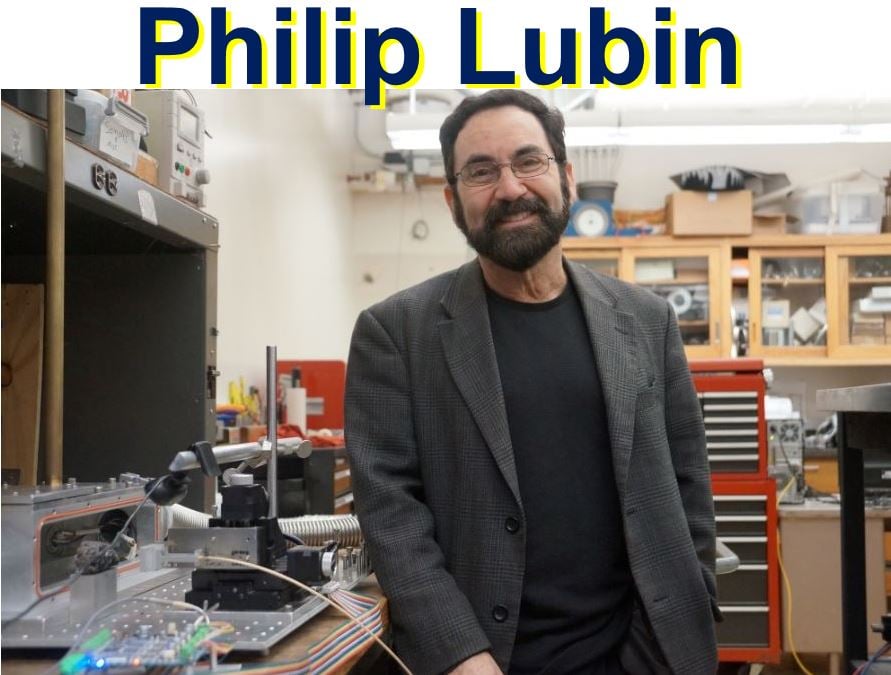You are not understanding the problem here which is that the new transmitter has to weigh less than about a 20th of a gram because the new science fiction probe has to weigh a gram or less. The Voyager probe weighs 1800 lbs. But you keep on babbling about your scify probe. You have no clueHere ya go kid,LOL you should be embarrassed to point out a laser that would be effective at billions or trillions of miles awayI'm embarrassed to have to point this out but the laser would remain in our solar system, it would never travel anywhere so the size of it wouldn't matter.A non reality, please try again.may take us 100 years to get to that point and we'll have made much progress in the fields of nano-tech and AI. Imagine a self-replicating AI the size of a molecule. It could be accelerated almost to light-speed and make the trip to the nearest stars in just years (stopping is another issue). Once there it would have the ability to populate it in a variety of ways. We would spread our humanity, just not our humans."At a recent talk at Harvard University, Philip Lubin of the University of California, Santa Barbara, presented a plan to launch small probes deep into space. Using an array of laser thrusters, a probe weighing one gram (just 0.035 ounces) would travel 4.4 light years the nearest star, Alpha Centauri, in just two decades. That’s only twice as long as it took the New Horizons spacecraft to fly by Pluto."
Laser Arrays Could Power a Space Probe to 25% the Speed of Light
The official website for NOVA. NOVA is the most-watched prime time science series on American television, reaching an average of five million viewers weekly.www.pbs.org
All the clown has to do is shrink the laser by 5,000,000 percent, and stop licking Gerry Garcia stamps

Whaaaaaaaaaaaaaaaaaaaaaaaaaaaaaaaaaaaaaaaaaaaaaaaaaaaaaaa
Dude a Sun is not effective at that range, so is this laser more powerful than the Sun at trillions of miles
Voyager's transmitter:
As you said, the radio strength of Voyager 1 is about 23 watts. This signal is directed toward Earth, but since Voyager 1 is about 15 billion kilometers from Earth, by the time Voyager 1's signal reaches us its power is less than an attowatt, or a billionth of a billionth of a watt
Last edited:


